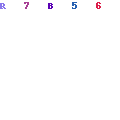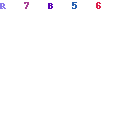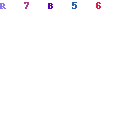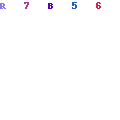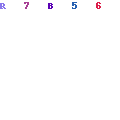The meaning of reverse residential mortgages is a kind of loan that’s available for homeowners 62 or older and has enough home equity to receive a line of credit, fixed monthly payment, or lump sum. The financial amount is borrowed against the home value, relieving the need for some kind of other collateral for this type of financial tool.
Read further for details about this kind of mortgage.
Reverse Residential Mortgage Basics
This type of loan doesn’t require monthly payments from the borrower and is convenient for a person near the end of their life. When the entire balance is due is when the borrower permanently moves away, sells the home, or becomes deceased. That isn’t a problem as it’s all covered by the property, making it a convenient way to get some benefit out of its value. By this time, a home is usually paid off quite a bit.
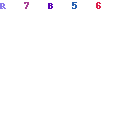
According to federal regulations, lenders must structure the transaction so the total amount isn’t more than the home’s value. If the value lowers, that’s a different story. The borrower’s estate can’t be responsible for the difference in the debt balance if it becomes higher. That makes it a safe way to get some extra money when needed, particularly when retirement savings aren’t enough for the later years.
This financial loan is a great way for older individuals who have a lot of money in their homes, which is quite a lot of people. Most retirees depend upon their property and retirement to live on. In a way, it’s like you’re lending some value to an organization and are receiving some money back.
That was the basic overview when it comes to reverse residential mortgages and what they can do for people who meet the requirements. It’s not always easy living without any kind of salary or income from a job, so any financial tools help makes things that much better.
